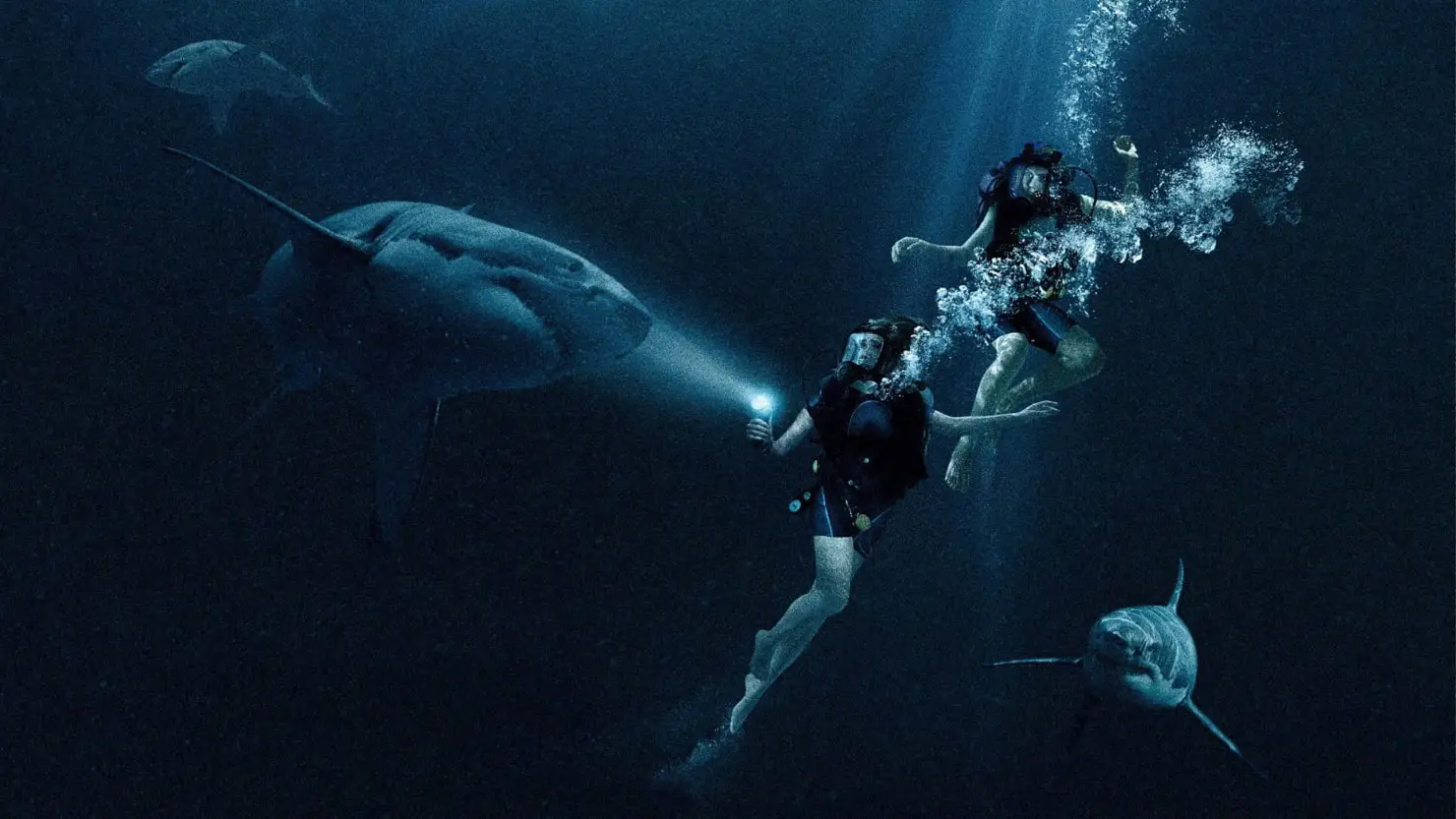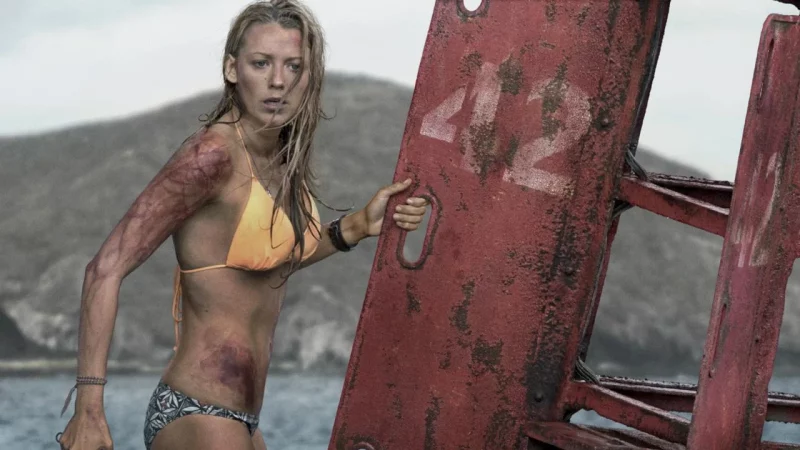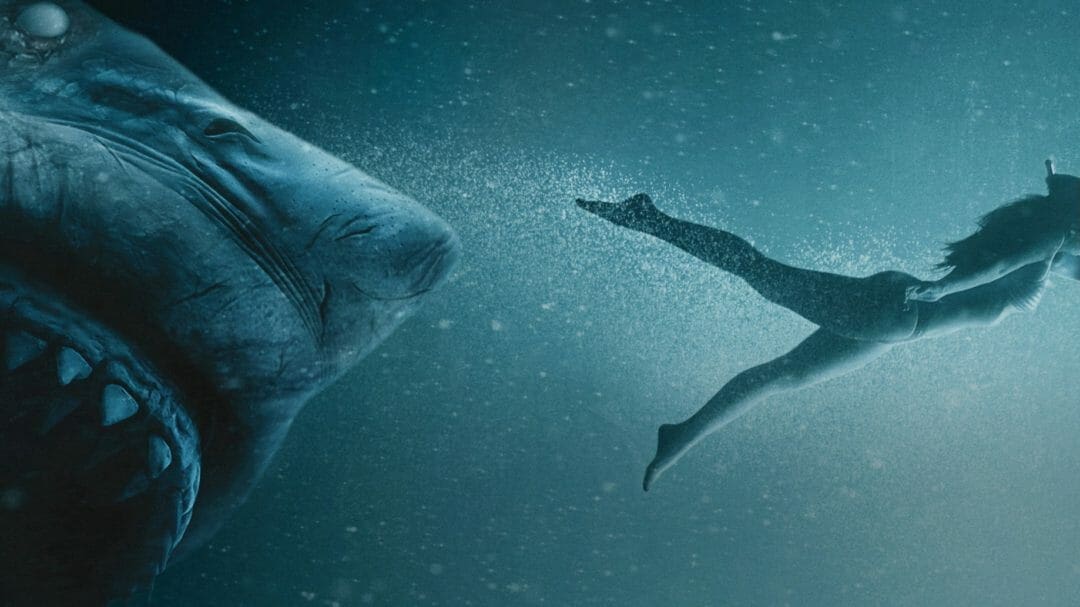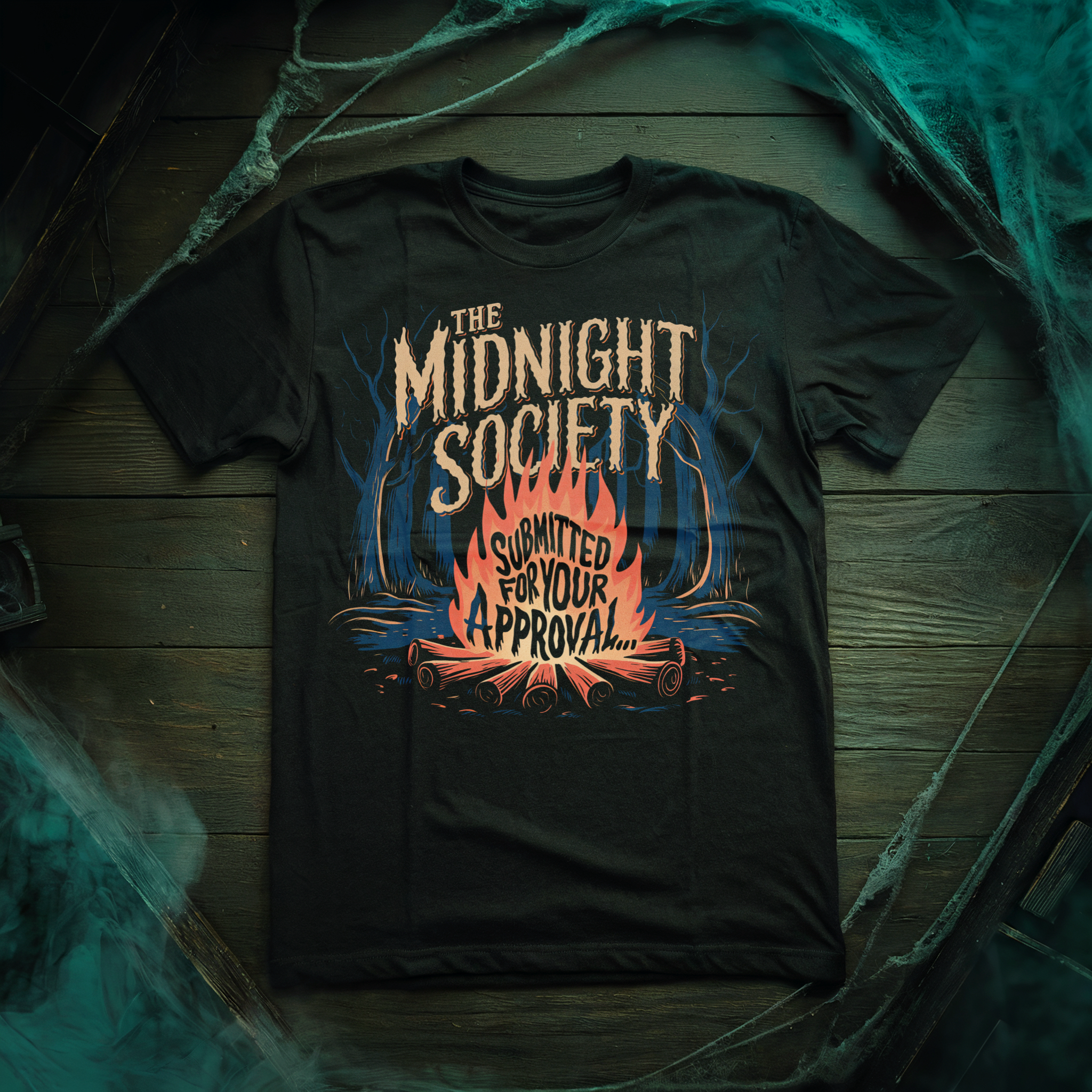In the crowded “final girl against the inevitable” horror space, it’s rare to find genre films that cut through the average to establish their own legitimacy within the category. I’m here to champion the merits of shark attack vacation horror as its own emerging genre – of course, kicked off by Jaws (1975) but only built upon in the 2010’s and beyond as its own exploration of a spring breaker’s worst nightmare.
Spring break vacation is always sold as idyllic- a fun, explorative period that leads to risks but not necessarily danger. As one of the tour guides says in 47 Meters Down (2017) ominously states, “Trust me, relax… once you’re down there, you’re not gonna wanna come back up.” Shark attack films capitalize upon that potential for danger and exploit it to its extent for scares and gore. They are an extrapolation of our worst nightmares, especially as the mere fact of setting the film underwater raises the stakes even further.

These films take the viewer from happy to horrified in mere moments, successfully capitalizing on the natural human fear of the unknown to punctuate the scares. They especially lean into thalassophobia, or fear of the ocean, as a tactic to remind the viewer how absolutely incomprehensible the vastness of the ocean is.
Part of what makes these films so fascinating is the concept of knowing how unfathomably huge the ocean is, yet feeling a sense of claustrophobia as well; whether it’s the cage in 47 Meters Down, the caves in 47 Meters Down: Uncaged (2019), or even the little island from the low tide in The Shallows (2016). The immense pressure of the sea weighs us down as viewers and we often find ourselves struggling for breath just like the heroines in the films.
“Shark attack final girls are tough […] This is especially demonstrated by the way they fight through pain like no other […]”
Shark attack horror also often glamorizes the vacation aspect of it all – while the characters are in exotic settings and often seen partying or otherwise enjoying the locale before setting off on their journeys, the films themselves tend to glamorize the risks inherent in any interaction with sharks. These characters seem to experience an aggrandized view of self that many may relate to when they’ve been on vacation after a few adult beverages – these characters feel untouchable due to both the tropical setting they find themselves in and the inner strength that they end up needing to find during their vacation.
While many of these films employ scenic locations, the beaches aren’t the only beauties on screen. A common trope within the genre is the pretty, and often well-known, final girl. These final girls are often different from your typical final girls in slasher films. Shark attack final girls are tough – they fight through any glass ceilings set by the all-male crew of Jaws (1975) before them. This is especially demonstrated by the way they fight through pain like no other, whether it’s Lisa in 47 Meters Down fighting through her cut palm and trapped leg or Nancy in The Shallows stitching her own leg injury back up with a conveniently sharp necklace and earring combination.

These characters are also often household names before they joined the horror genre – examples being Mandy Moore, Blake Lively, and the semi-new “daughters of famous people” category with Corinne Foxx and Sistine Stallone from 47 Meters Down: Uncaged. These women know what it’s like to simply be a pretty face and fight against that trope and these films provide a chance to be so much more than that by showing real emotion and complexity in dire situations.
One of the many phobias this genre tackles is the fear of isolation – that ultimate fear of being stuck, alone, in the seemingly endless ocean. This raises stakes that might otherwise be ordinary to exceptional levels as we watch these relatable heroines fight against our deepest fears while doing it alone. To steal from a classic: in the ocean, no one can hear you scream. These women do almost everything right and heed caution to the best of their abilities, but still find themselves in these impossible situations – akin to everyday life, where sometimes you can do everything right and still feel absolutely swamped with responsibilities and pressure. Yet, against these extraordinary odds, the heroines outlast and provide the audience with mixed feelings of schadenfreude and hope.
“This genre plays on the classic story conflict of man versus nature and combines it with that same ancient fear that slashers rely on.”
All of this leads us to the crux that makes summer vacation horror so enticing. It’s the juxtaposition of beauty and horror; the combination of these beautiful women and edenic, tropical locations with stomach-churning gore and mutilation. Nothing so perfectly encapsulates the beautiful savagery of nature more than this specific genre of Vacation Horror; that crimson blood blossoming in crystal blue waters. We, as humans, are the top of the food chain (or so we like to think), so there’s nothing quite so scary as not being that apex predator.
That’s the fear slasher films play on as well, the fear of being hunted. This genre plays on the classic story conflict of man versus nature and combines it with that same ancient fear that slashers rely on. These locales draw victims in like a Venus fly trap – luring visitors with their pristine water and untouched beaches, but failing to disclose the terrors that lie just beneath the surface.
For more Vacation Horror, follow us on Twitter, Reddit, Facebook, and in the official Nightmare on Film Street Discord. Not a social media fan? Get more horror delivered straight to your inbox by joining the Neighbourhood Watch Newsletter.










